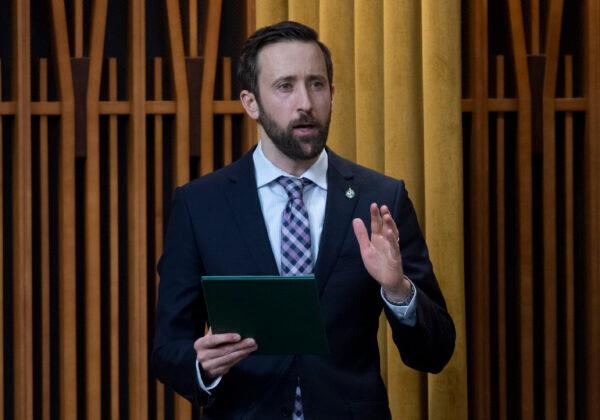The current approach in many Canadian provinces of operating a “just-in-time” hospital system with little capacity to cope with surges in demand will hopefully change due to lessons learned from the pandemic, says a public policy and health economics expert.
“I think running a ‘just-in-time’ health-care system at capacity with most activity—diagnostic, acute care, surgeries, and emergency services—mainly concentrated at large centralized hospitals will need to be revisited,” says Livio Di Matteo, a professor at Lakehead University.





